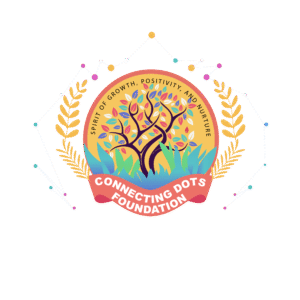
Connecting Dots Foundation is a non-profit
organization dedicated to offering early intervention
and educational programs for children aged 0 to 12,
regardless of whether they have a disability or
developmental delay, along with support for their
families.
Copyright © 2025. All Rights Reserved.